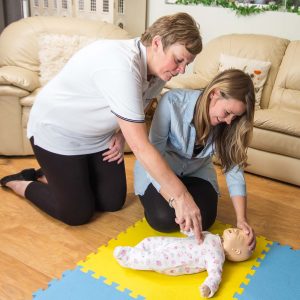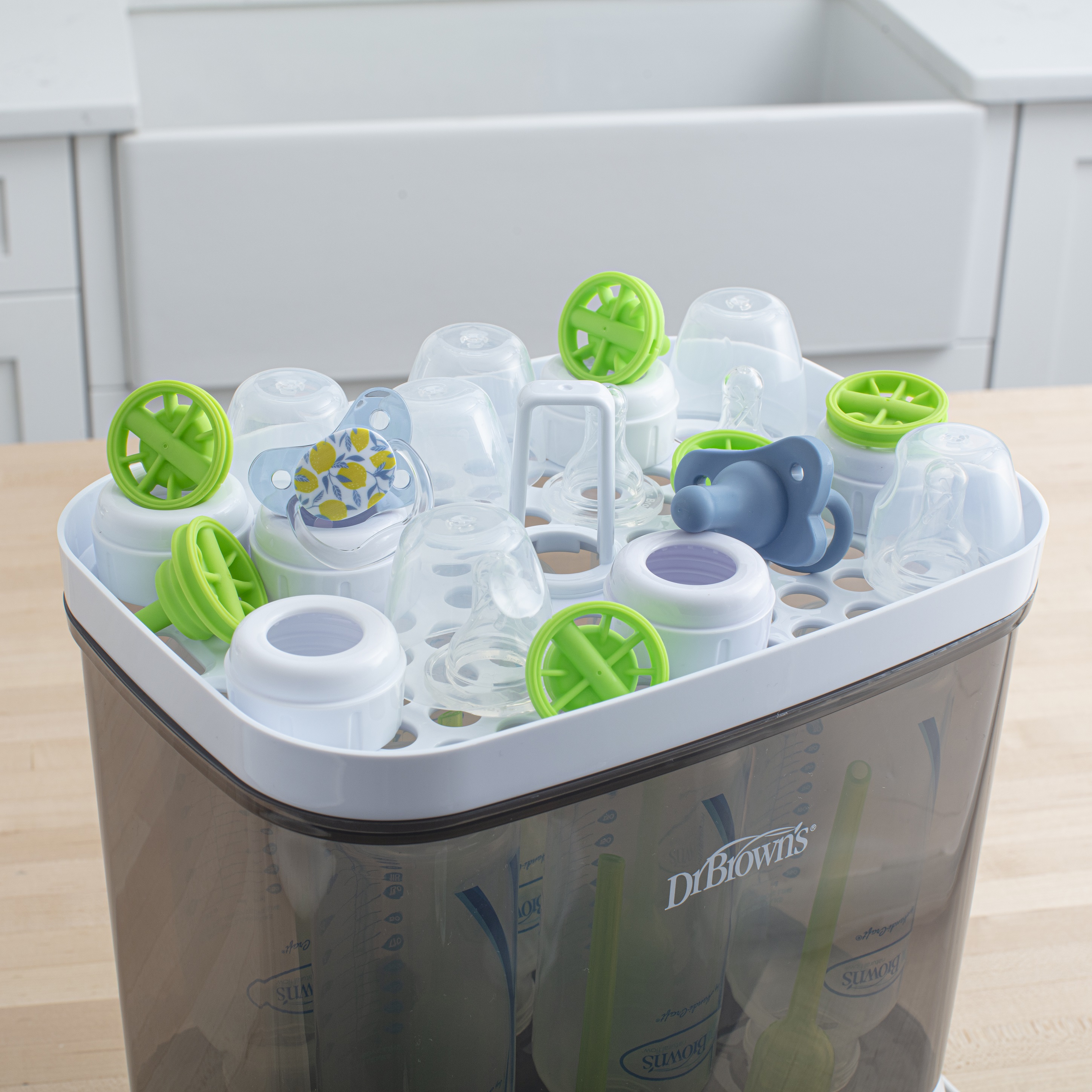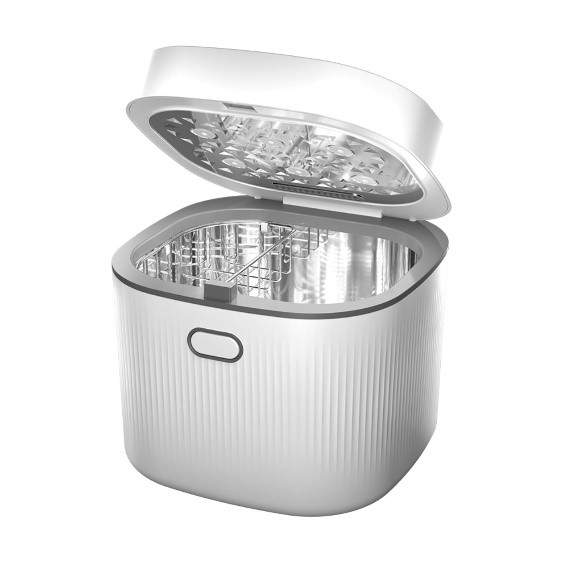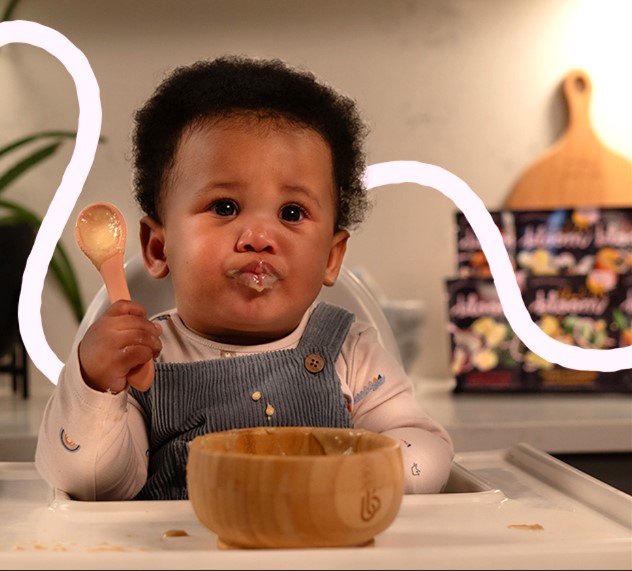By Sam Mackay, Founder of KeepaBeat (www.keepabeat.com)
We’ve all been there as parents; that moment of sheer panic and fear when our baby or toddler needs first aid care. Of course, some scenarios can be far more difficult to deal with than others, for examples you may be able to keep your cool with a sudden nose-bleed or a grazed knee, but witnessing your child choking, having a seizure or falling unconscious is another ball game all together. The fact is we may all have to face a situation like this as parents at some point in time. Emergencies are more often than not, unpredictable and that can make us feel out of control, unprepared and sometimes we feel unable to cope with dealing with first aid needs in the right way.
Add to this the plethora of rumours, old wives tales and things we used to get told by our own parents as children (back in the day) and it’s not hard to see why things can get confusing during a real life emergency. But there are things we can do as parents to prepare for these incidents so that if something does crop up, we know how to best deal with it. The best place to start is to debug some of the common myths surrounding what to do and how to react in certain first aid situations. Here are my top 10 first aid mistakes that I have seen parents make time and time again:

-
Choking
Mistake: Often the instinctive knee-jerk reaction when your child appears to be choking is to put your fingers into the child’s mouth/airway to try and help to remove the object that is stuck but this could potentially push the object further back into the throat, blocking the airways further.
What to do: Make sure you learn the choking sequence appropriate to the age of your child and NEVER stick your fingers into the back of someone’s airway.
For a baby…
Place them over your lap, head lowered and supported. Using the heel of your other hand deliver up to five back blows in between their shoulder blades. If this fails, turn them over (still with head down low) and administer five chest thrusts. Place two fingers in the centre of the chest (these are similar to a chest compression but delivered as a sharper movement and at a slower rate). Repeat five back blows and five chest thrusts until you clear the object if the baby falls unconscious immediately start CPR making sure you have contacted the emergency services.
For a child…
Ask your child to cough. If they have an ineffective cough, stand or kneel to the side of the child. Place an arm across their chest then deliver up to five back blows using the heel of your hand in-between their should blades. If this fails, move behind your child. Place your fist just underneath the rib cage. Place your other hand over the top. Now pull sharply in and upwards (towards the casualty’s chest). Repeat up to five times. Continue with five back blows and five abdominal thrusts until you clear the object. If the child becomes unconscious start CPR making sure you have contacted the emergency services.
-
Burns
Mistake: Some people believe that using butter, oil, toothpaste, yogurt, cucumber, egg white, flour or vinegar helps to cool a burn. This is a common mistake that hundreds of parents make.
What to do: It’s important to cool a burn under cool running water for at least 10 minutes longer if possible. Do not use home remedies for burns. Instead, cool with water and after if available use a specifically designed burns gel. Do not cover a burn with a fluffy dressing. A good alternative is cling film but do not wrap it tightly as it can restrict blood flow. Seek medical advice if the burn extends around a limb, covers hands, feet, face or genital areas, is deep or goes over the size of the child’s hand.
-
Poisoning
Mistake: Some people believe that by making your child vomit after they have swallowed something they shouldn’t have will help to remove the poison from the body. This is rarely true.
What to do: If a child has swallowed something corrosive like a chemical it can burn on its way down so could burn on the way up too if the child vomits. Fill a beaker with a small amount of water or milk. Get them to drink it slowly. Refill when needed (you don’t want them gulping lots of liquid as this could also make them sick). Seek medical assistance making sure you take the container with you if possible. If the child has been poisoned by a non-corrosive like tablets do not offer any fluids or foods until you have spoken to a medical professional which should be your first and immediate port of call.
-
Nose Bleeds
Mistake: Contrary to popular belief, tilting the child’s head backwards and holding the top of the nose is not the best way to stop a nose bleed.
What to do: If your child can do it themselves, get them to hold the bottom of their nose and tilt the head forward for at least 10 minutes. Repeat if the nose is still bleeding. If after a total of 30 minutes the bleeding is showing no signs of slowing down seek immediate medical advice.
-
Fever
Mistake: If your child has a high temperature the natural reaction for many parents is to over compensate by over cooling the child, striping them off and using a cold sponge and tepid water to bath the body/forehead. This will not help to reduce the fever.
What to do: Research shows that striping a child off or using a sponge doesn’t help to reduce a fever. Instead, cool the atmosphere around them by opening a window. Encourage your child to drink plenty of fluids to avoid dehydration. Avoid bundling them up in more clothing. Regularly check on them through the night and use medicines such as infant paracetamol if they become distressed (following the manufactures instructions). Watch for signs of dehydration too.
-
Small cuts and grazes
Mistake: Many people believe that using antiseptic on a wound and leaving it open to ‘breathe’ helps a wound to heal quicker. This is not true and leaving a wound open could lead to infection in some cases if bacteria get into the tissue.
What to do: Small wounds and cuts should be cleaned under cold water. Dried with a sterile dressing or if not available a clean towel. Cover with a sterile plaster or dressing. Do not use antiseptic as it can damage the skin.
-
Croup
Mistake: For many years, people believed that sitting your child in a steam-filled room would help to cure croup. Again this is not true and there is no research to back this up. People also believed that using cough medicines for Croup will help but this should be avoided and this can make the child drowsy which can be dangerous if breathing becomes difficult.
What to do: Croup is caused by a common virus that inflames and infects the voice box and windpipe. This can cause a child to have a nasty cough that can be described as a barking cough and tends to be worse at night. Encourage your child to drink plenty of fluids. Keep them calm too as crying and getting distressed can make them cough, making them worse. Sitting them upright may also reduce the coughing. If the child worsens seek medical advice if they have difficulty in breathing ring emergency services immediately.
-
Seizures
Mistake: The worse thing you can do in the case of your child having a seizure is to put something in the mouth in a bid to prevent them from biting their tongue. This should be avoided as it may block the airways and cause breathing difficulties.
What to do: If a young child has a seizure, move any objects that could become a hazard. If possible place them into the recovery position and if it’s the first ever seizure dial the emergency services. Check the time to see how long the seizure lasts for. As soon as its finished check breathing and place back into the recovery position until they become conscious. Do not hold them down or place large pillows under their head as it could block the airways.
-
Fainting
Mistake: Many people think that if a child feels dizzy they should sit down and place their head between their knees. After all, we have all probably been told this tale as children so it seems like the right thing to do – but this will not help.
What to do: If your child feels dizzy get them to lie down and if possible, raise their legs too. Once they are feeling better, encourage them to drink fluids and monitor their condition.
-
Broken bones
Mistake: You suspect your child may have broken a bone following a fall – how many times have you heard people say “Can you move your arm/fingers/leg ok?” Often parents assume that if a child can move the suspected injured part then it can’t be broken. This is of course not true.
What to do: If, for example, a child hurts their arm do not rule out a fracture just because they can wiggle their fingers. If the child is in a lot of pain that doesn’t ease, they are reluctant to use the limb or there is some swelling or bruising it could indeed be a fracture. Green stick fractures are extremely common in young children because the bones are softer and more flexible.
About KeepaBeat (www.keepabeat.com)
KeepaBeat provides award-winning first aid programmes for parents and children across the UK. Designed with parent and baby in mind, classes aim to be relaxed and informative to help parents and children to prepare for life’s little ups and downs with two hour sessions spanning general first aid such as head injuries, fever, burns, baby choking etc. and also advanced parent sessions covering aspects such as child choking, recovery, asthma, allergies, wounds, broken bones, poisoning, CPR, AED, Sepsis and more. Sessions are ideal for anyone new to first aid, first time parents, those wanting a refresher course or to develop new first aid skills. The classes cost from £20 per person, home-based classes are also available. KeepaBeat is a UK franchise and part of the WOW World Group (the team behind the award-winning Baby Sensory programme) and also a founding member of the Children’s Activities Association.



